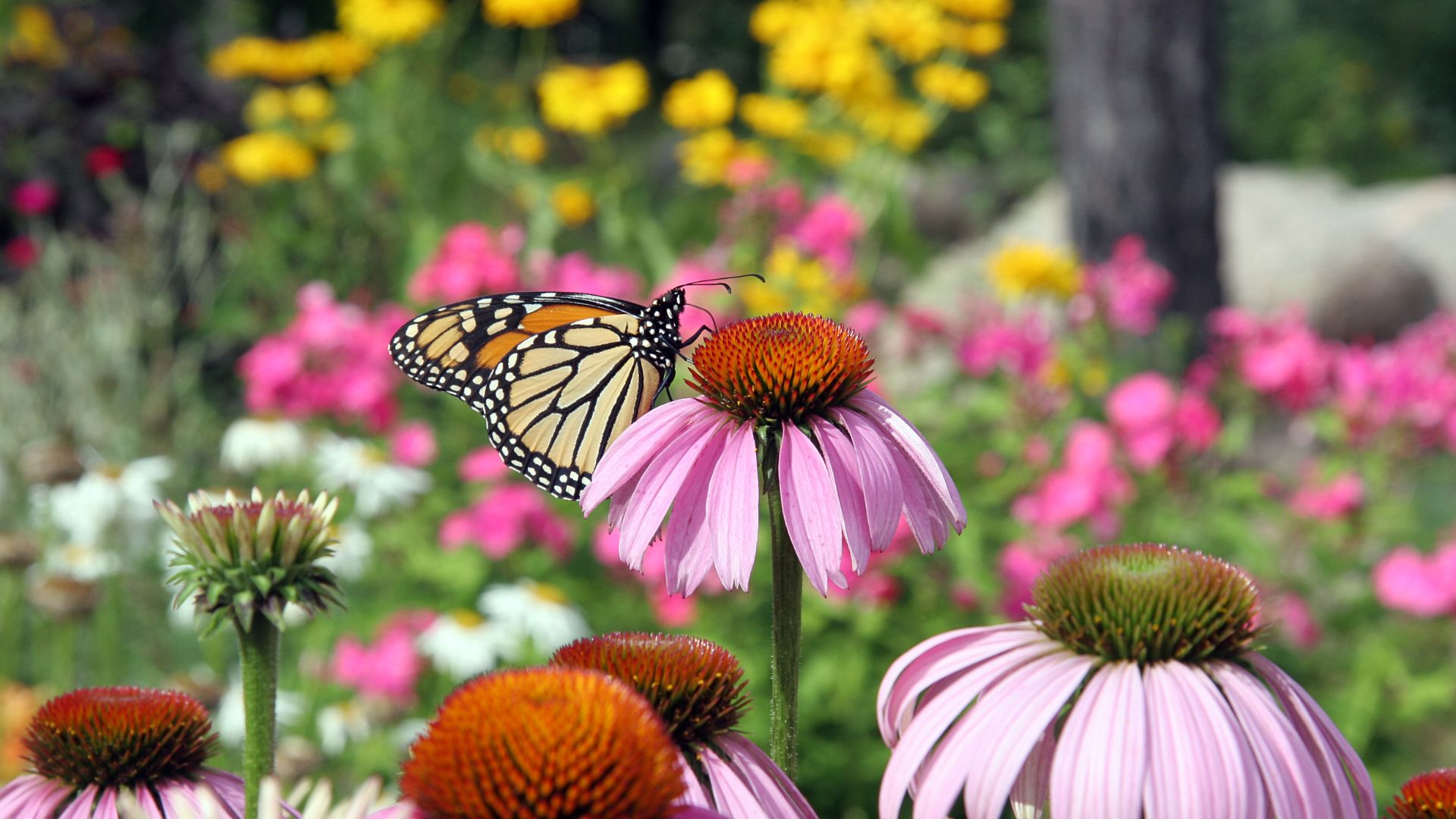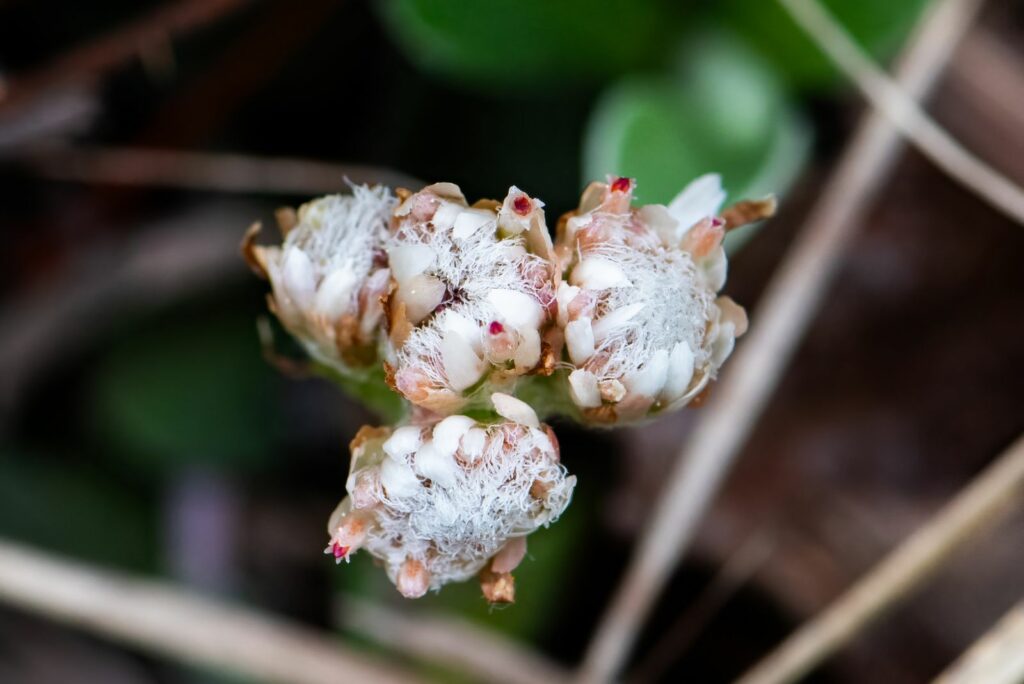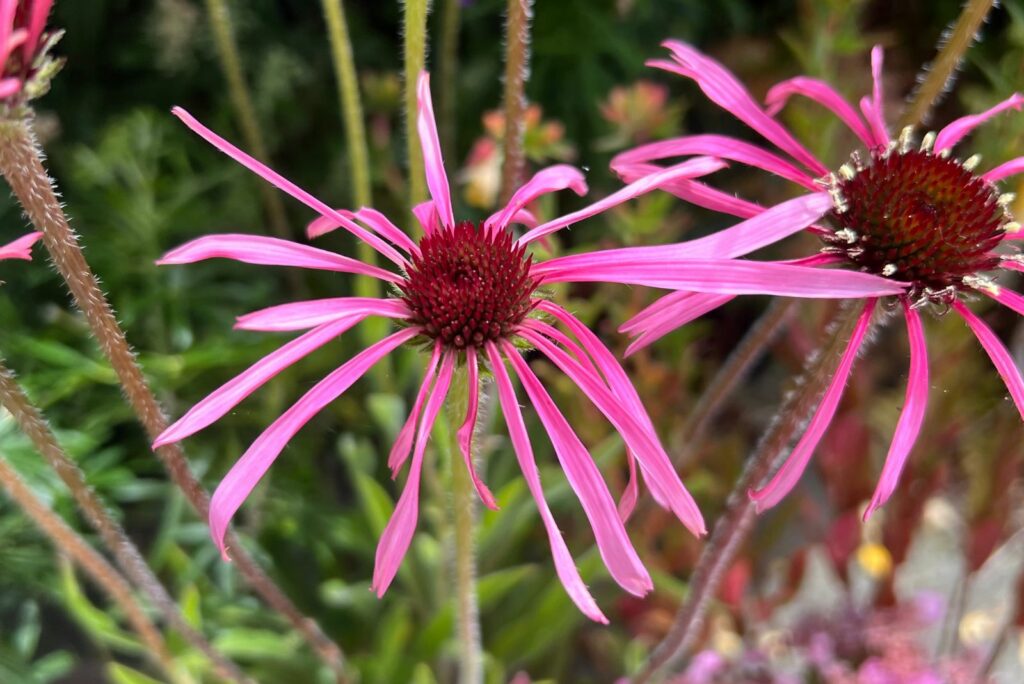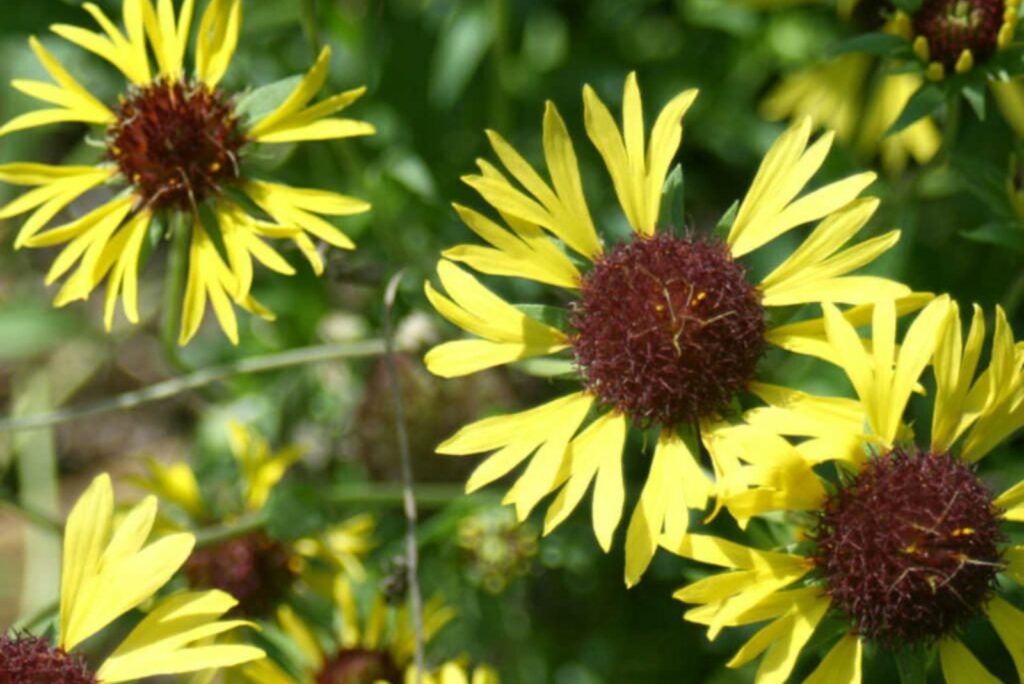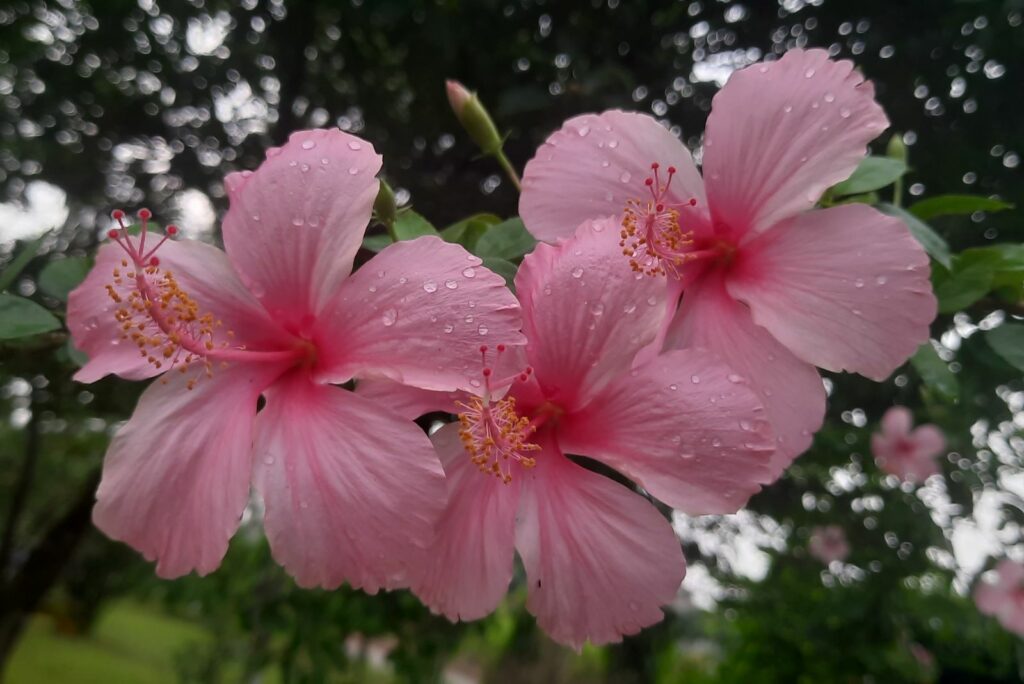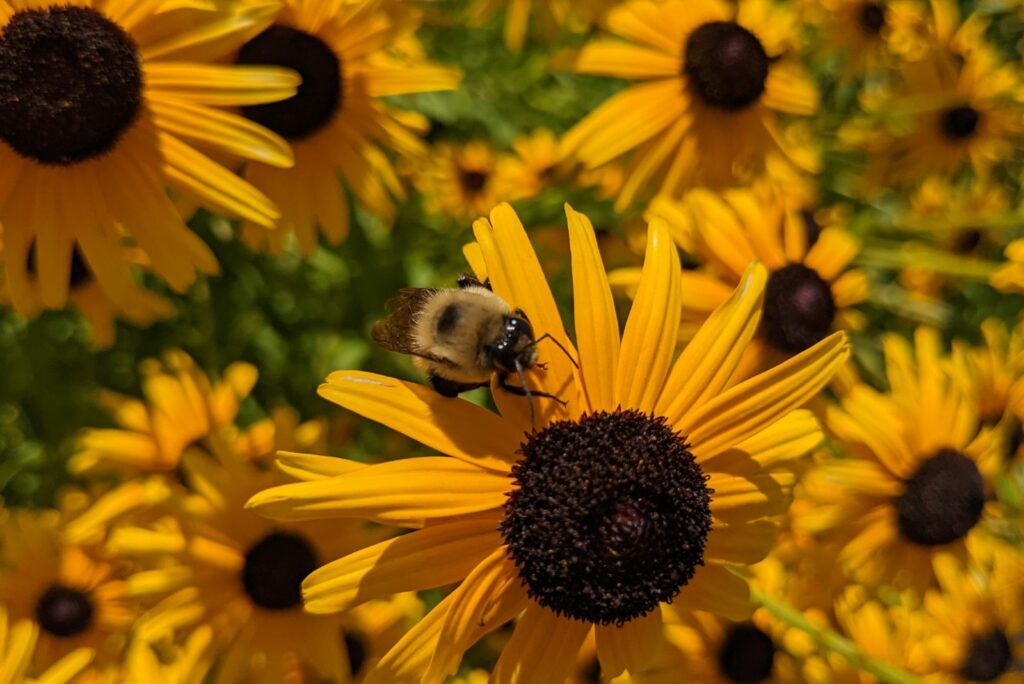You probably already know how tough it can be to try planting anything in shallow soil… somehow, it just doesn’t work.
I can’t tell you how many times I’ve stared at my hard ground, wondering if I can grow anything there. I was considering raised beds, but that just seemed like a lot of work.
Then, I mentioned this issue to my friend, and she said why not plant something that loves shallow soil instead? A light of hope!
Turns out, with the right plants, even shallow soil can become a lovely garden. So, I decided to try a few options, and they worked great!
And now, I’ve found some perfect plants that are easy to grow, low maintenance, drought-resistant, and safe for pets and kids. Just keep on reading to learn more about them!
1. Plantain Pussytoes Is Perfect For All The Cat Lovers Out There
If you love cats, you might enjoy growing plantain pussytoes (Antennaria plantaginifolia). Its cute pinkish-white flowers look like little kitty toes (how cool is that?).
What’s also great is that birds and butterflies love them too!
This plant stays low, growing about 4-6 inches tall, which makes it ideal for ground cover. It spreads nicely, even in poor soil, and it’s tough against pests and diseases.
However, it does have a short blooming season, so don’t expect it to be in bloom for long. While it looks green most of the time, it can start to fade as it gets older.
If you don’t mind the short flower time, this little plant could be a fun addition to your garden!
2. Narrow Leaf Coneflower Can Adapt To Dry, Poor Soil
Narrow-leaf coneflower is a great choice for gardens with sandy or rocky soil (especially if you live in the central U.S).
This perennial is perfect if you’re facing challenges like drought, poor soil, and hungry deer. It stays under 2 feet tall and wide, making it easily manageable in the garden.
Pollinators like specialized bees and butterflies are huge fans of its beautiful rose-purple flowers (these are filled with sweet nectar during summer, so who can blame them?).
You might even spot goldfinches enjoying the plants, as long as you haven’t trimmed them back too much for looks. Just look out for critters like Japanese beetles that might want to snack on your coneflowers!
Related: This Is How You Should Harvest Your Coneflowers For A Spectacular Bloom Display Next Year
3. Plant Lanceleaf Blanket Flower For A Garden Filled With Pollinators
To attract butterflies, honey bees, hummingbirds, songbirds, and helpful wasps to your backyard as summer turns into fall, consider planting lanceleaf blanket flowers (aka Gaillardia aestivalis).
This native plant from the south-central U.S. is super easy to care for and features lovely brownish-orange centers that turn into nectar-filled, buttery petals throughout most of the growing season.
Lanceleaf blanket flower loves full sun and grows to about 1 foot tall and wide. Since these flowers usually don’t last long, it’s a good idea to leave some spent blooms on the plant to produce new seeds (so the flowers also return next year!).
Related: When And How To Cut Back Blanket Flowers To Get Even Flowers Next Year
4. Heart-leaf Hibiscus Can Even Grow In Gravel And Caliche
Known by various names, including heartleaf rosemallow and tulipan del monte (which perfectly describes its cheerful crimson flowers), heart-leaf hibiscus is a low-maintenance perennial that thrives in shallow soils, including gravel and caliche.
Native to Texas, this hibiscus variety is hardy only in USDA zone 8 and requires full to partial sun and excellent drainage to flourish.
Once you provide the right conditions, your garden will be adorned with large flowers that attract hummingbirds, butterflies, and other native pollinators. To keep the blooms coming, don’t forget to deadhead the plant!
This might be useful: Why Are My Hibiscus Leaves Turning Yellow? (Causes & Solutions)
5. Black-eyed Susans Are Adored By Gardeners, Pollinators, And Birds
I absolutely adore Black-eyed Susans!
These charming flowers can be grown almost anywhere, including rocky or shallow soil. These perennials can grow up to 3 feet tall and serve as evergreen groundcovers – they bring joy to both gardeners and goldfinches during the winter months.
In mid-summer, their vibrant flowers attract butterflies looking for that sweet nectar..
If you don’t divide them every few years, these flowers might create little colonies through their offsets. Regular deadheading promotes more blooms while keeping self-seeding in check.
Generally, they are resistant to diseases, although their flower heads may need some support from stakes.
Now that you know some great plants for shallow soil, it’s time to get planting!
Pick one or a few to brighten up your garden. With a little care, these tough plants will thrive and add beauty to your space.
Want to improve your soil? Check this out: These 6 Tips Will Help You Improve Your Garden Soil And Grow Healthier Plants

